By sea, by land: Desperate refugees still transit Morocco to get to Europe
A month after an earthquake killed nearly 3,000 people, the stream of refugees transiting Morocco to Europe continues.
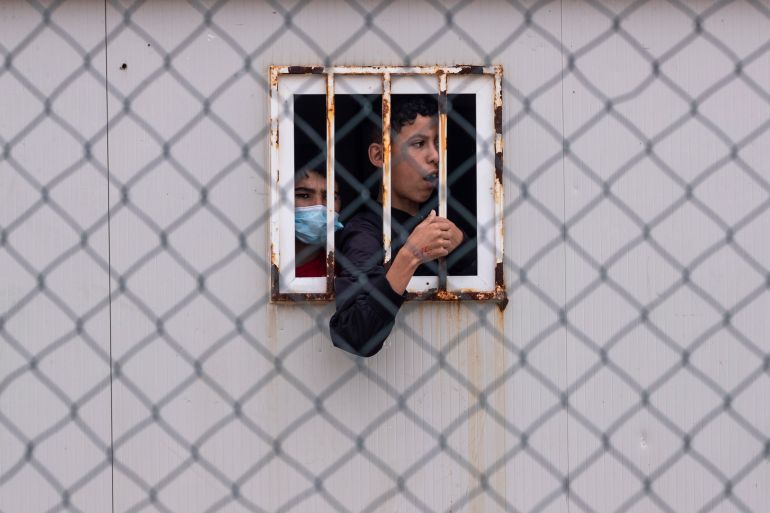
The nearly 3,000 people who died in Morocco’s earthquake last month have refocused the world’s attention upon the kingdom, and a continuing exodus of people from across Africa passing through it to seek new lives in Europe.
Asylum seekers launching their journeys from Morocco, unlike those leaving from North African neighbours Tunisia and Libya, have a number of routes they can take to Europe.
Keep reading
list of 4 itemsAt least 951 died trying to reach Spain by sea so far this year
Boat carrying 500 asylum seekers disappears in Mediterranean Sea
‘We can’t endure this’: Migrants suffer in extreme Tunisian heat
More than 25,000 refugees and migrants have left Morocco this year so far – fewer than those leaving Tunisia and Libya but still significant.
At least 600, possibly many more, have died trying to make the crossing.
Asylum seekers, Moroccans or people transiting through the North African country from West Africa, all risk adding to the mounting death toll that the promise of a new life in the West exacts from the desperate.
Direction: By sea
Despite the high waves and vicious rocks that await them, thousands of refugees gather at Moroccan coastal cities like Agadir to take a boat to the Canary Islands, a Spanish island chain off the Atlantic coast of Africa. Shipwrecks and sinkings are commonplace.
In August, the Canary Islands said they were overwhelmed by refugee arrivals – 2,692 people that month, more than twice as many as in the same period last year.
Others look to the calmer, yet better-policed waters of the Mediterranean for passage, with smugglers even resorting to jet skis to ferry their passengers to Gibraltar, which can be seen from Morocco on a clear day.
Between January and June of this year, the NGO Caminando Fronteras said, about 951 people died trying to reach the Canary Islands or the Iberian Peninsula from across North Africa.
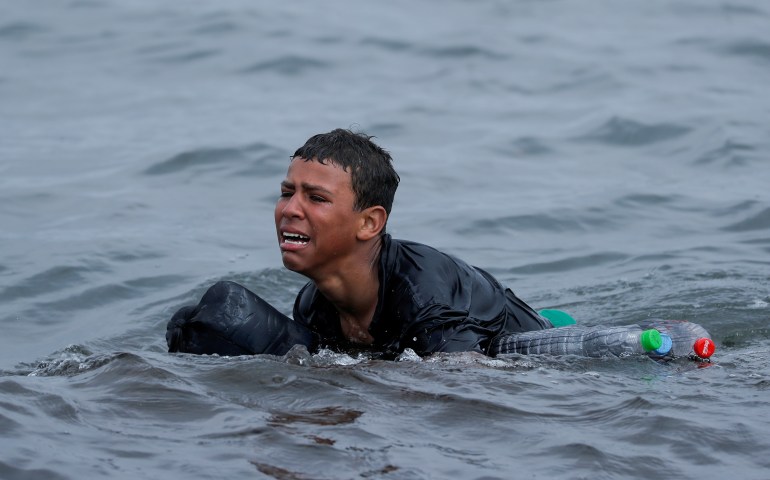
“It’s more of an artisan business there,” Carmen Gonzalez Enriquez, senior analyst at Spain’s Elcano Royal Institute, told Al Jazeera, comparing Moroccan smuggling to the multimillion-dollar migration operations being carried out by Libya’s militias.
“We’re looking at very small, local networks,” she added. “All the routes carry extraordinary risks, but the Atlantic is the worst.”
A joint committee between Spain, Morocco and the European Union has expressed its regret over every single death. However, despite their best efforts to stop them, refugees still make the perilous journey.
Moreover, NGOs that rescue refugee boats in distress have accused various European authorities of ignoring or stalling emergency responses to the distress calls.
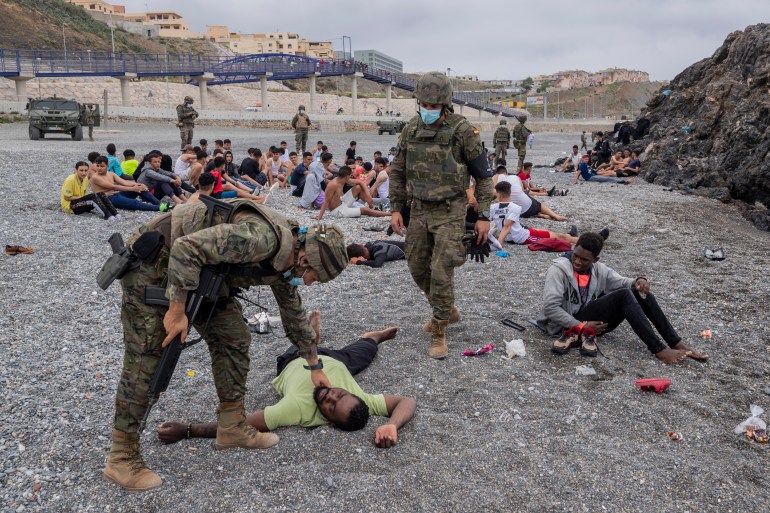
In May, a boat with 500 asylum seekers on board was in distress near Malta, but authorities there did not respond overnight to a report from an NGO with the location of the struggling boat. When the NGO approached the Italian coastguard, they were told that the boat fell in Maltese jurisdiction, a common ploy to avoid rescuing people, NGOs say.
In Spain, Caminando speaks of providing the satellite locations of struggling vessels to the border authorities of both Spain and Morocco, only for them to be ignored and the passengers, including women and children, left to drown.
“In other words,” the NGO’s founder, Helena Maleno said, being left to die at sea had become “a strategy to control people on the move”.
Direction: By land into Melilla and Ceuta
Passage by sea to Europe can be treacherous and access by land can be just as bad.
On June 24 last year, a day still referred to as the Melilla massacre, 37 refugees and migrants were killed in confrontations in Melilla, a Spanish territory within Morocco, according to Amnesty International.
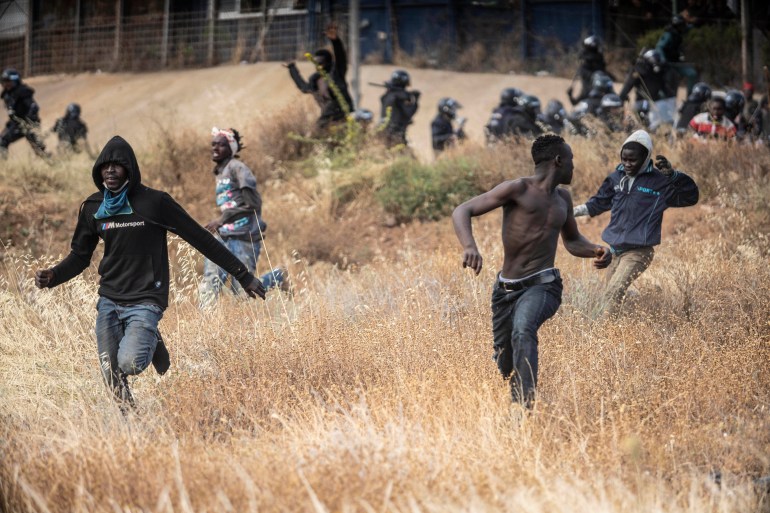
Desperate to get to “Europe”, they stormed the fences from the Moroccan side and were beaten back by Spanish and Moroccan police. Seventy-six people are still missing, indicating the death toll is far greater.
According to Human Rights Watch, no safe and legal routes exist to access Melilla and Ceuta, the other Spanish territory in Morocco. Both have evolved over recent decades from near-borderless territories to fortified cities whose frontiers are patrolled by armed Spanish and Moroccan police.
“In the Rif [the Moroccan area that surrounds the Spanish enclaves] irregular migrants get by in fairly poor camps, waiting to be bussed to Melilla or Ceuta and eventually to Europe,” Ahlam Chemlali, a specialist in migration and visiting scholar to both Yale and the University of California, told Al Jazeera.
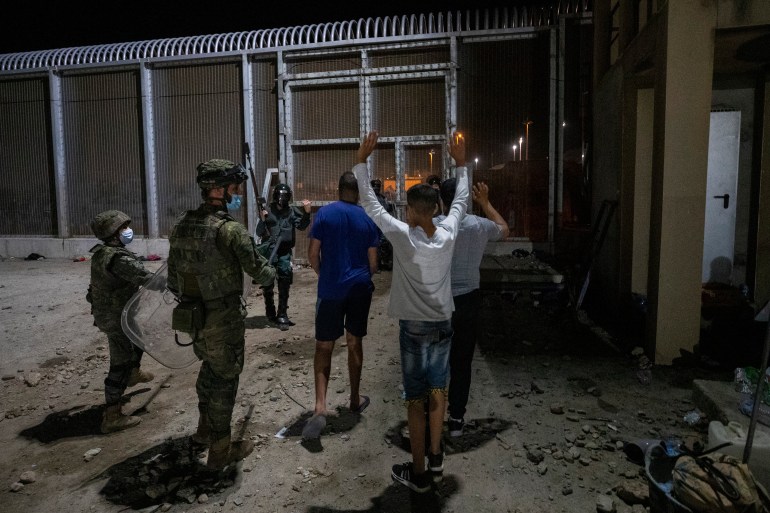
In ragged tents that dot the mountainside around Melilla, refugees and migrants from across West Africa eke out a living in hostile environments as they wait their turn to risk the border fence.
Nevertheless, despite the immense hardship, they show little sign of being deterred by the European Union’s attempts to keep them out.
In November, American broadcaster NPR reported an active operation in the nearby Moroccan town of Nador to push out the predominantly Black refugees and migrants.
Officials reportedly pressured shopkeepers and hoteliers to refuse to serve the refugees and migrants.
But, the report said, they kept arriving, sometimes in ragged or burned clothing, sometimes without shoes.
Outsourcing Spain’s migration fears to Morocco
The numbers of refugees and migrants leaving from Morocco for Spain are dwarfed by those transiting Tunisia and Libya heading for Italy. In the same period that Morocco had roughly 25,000 departures, nearly 60,000 left Tunisia alone.
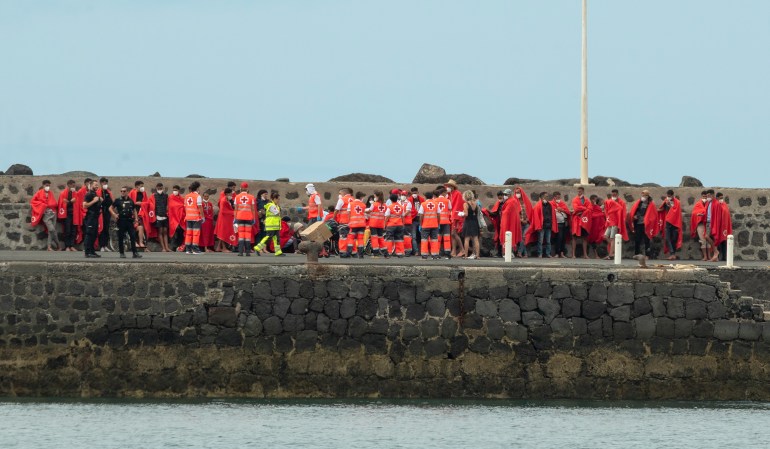
This is because the route is so dangerous and, observers say, the factors pushing West Africans to leave have yet to reach the volatility pushing the people transiting Tunisia and Libya, like war-ravaged Sudan.
Certainly, since the Melita massacre, Spain and Morocco have been at pains to cooperate on migration, with Spain hoping to stem the flow of people arriving at its shores seeking new lives in Europe by keeping people in Morocco.
Legal pathways to residency have opened up in Morocco since last June’s killings in Melilla, but claims the country might be a poster child for European efforts to externalise its migration concerns beyond its own frontiers are likely overstated, according to experts.
“Externalisation doesn’t work,” Chemlali stated. “It never does. Europe might be externalising its migration concerns to Morocco, but it’s also externalising the violence and the racism that comes with migration.”
Neither the Moroccan or Spanish governments had responded to Al Jazeera’s requests for comment at the time of publication.